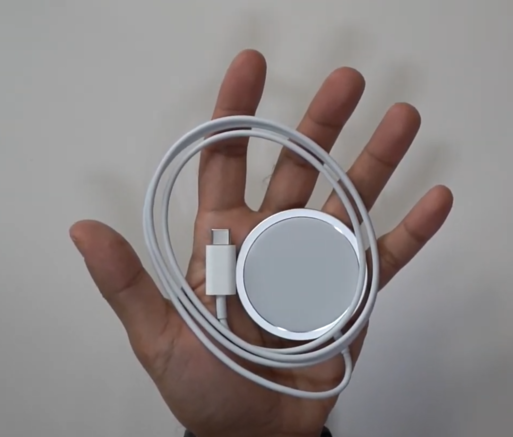Bad cell service can happen anywhere. If you have bad cell service at home, in a car, or in a commercial building, you can use a cellular signal booster to solve the problem. Cell boosters use a combination of antennas and amplifiers to give your phone better signal than it could get otherwise. It’s almost like magic. If you don’t have a cellular signal booster yet, you really should look into one. Solid Signal has the best selection of all the best brands.
What if you’re not in a building or vehicle?
What if you’re just walking around and you want to get better signal? A generation ago, the answer was simple. You just attached an external antenna to your phone. But most people didn’t do that, and there was another problem. The antenna connectors were bulky and unsightly. People wanted slim, sleek phones. This meant saying goodbye to the external antenna and hello to built-in antennas that couldn’t be upgraded.
Could this be a clever solution?
Apple’s latest phones use a technology called MagSafe. Using intelligently managed magnets, you can clamp something to the back of your iPhone 12 or higher. The technology allows you to add cases, power banks, and other cool stuff to the back of your phone without worrying about wires.
Could this same technology be used for cell boosters? After all, vehicle boosters like weBoost’s Drive Sleek use a clamp-on antenna. Couldn’t that be changed out for MagSafe?
This would let you improve your cell reception by just putting a case on the back of your phone. It would be amazing.
There’s just one problem
The Drive Sleek relies on a second antenna which sits on the vehicle roof. The physical separation between the two antennas is critical, so that signals from one aren’t received by the other. If the two antennas feed back on each other, it could set up a loop which could, if left unchecked, take down an entire cell tower. Modern cell boosters have electronic safeguards to stop this from happening, but those safeguards just cut the power to both antennas if there’s a problem.
So, unless you have enough separation between the two antennas, the whole thing doesn’t work at all.
How could this work?
If you had a cell booster that attached to the back of the phone, you would also need a way to give that other antenna some distance. You could do this by wearing a hat with a tall post at the top, for example. I’m not saying you would look stylish, I’m just saying it could work.
But let’s be honest, you want to look stylish.
That’s the problem. No one is going to want to adopt this solution because you’ll end up looking really silly. Cell phone technology would have evolved quite differently if people were willing to look silly. I’m not saying it would have evolved better, only that it would have evolved differently.
Is there a long-term solution for this problem?
Yes absolutely. If people really wanted to be able to get better reception, Apple or Samsung could design a magnetically attached antenna connection that would let you connect an actual external antenna to a phone. I could imagine it adding very little bulk to the phone and it would let you get much better reception.
Unfortunately, the “company line” when it comes to this problem is, that it doesn’t exist. Both Apple and Samsung contend that there isn’t a reception problem out there. AT&T, Verizon, and T-Mobile will tell you the same, that there’s ample signal strength outside. To them, an antenna connector would be a solution without a problem.
Of course, we all know better, but that doesn’t help unless you’re indoors and can get a cell booster from Solid Signal.





